 Examelot
Examelot
Report a problem
The MLPAO MLA/T Certification Exam is a test that students must pass to work as laboratory assistants in Ontario, Canada. The exam is administered by the Medical Laboratory Professionals Association of Ontario (MLPAO).
These practice questions will help prepare you for the MLPAO MLA/T exam.
This page contains 500 practice questions divided into the thirteen sections of the exam: 1. Standards of Practice, 2. Medical Terminology, 3. Basic Biology, Anatomy and Physiology, 4. Laboratory Mathematics and Quality Management, 5. Specimen Procurement, Processing and Data Collection, 6. Laboratory Safety, 7. Laboratory Equipment, 8. Histology and Cytology, 9. Clinical Microbiology, 10. Clinical Chemistry, 11. Clinical Hematology, 12. Transfusion Medicine, and 13. Electrocardiograms.
All questions have been carefully designed to mimic the questions on the real exam, to help you prepare and get a passing grade.
Check out all the practice tests in this series: Practice Test 1, Practice Test 2, and Practice Test 3.
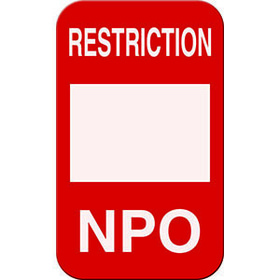
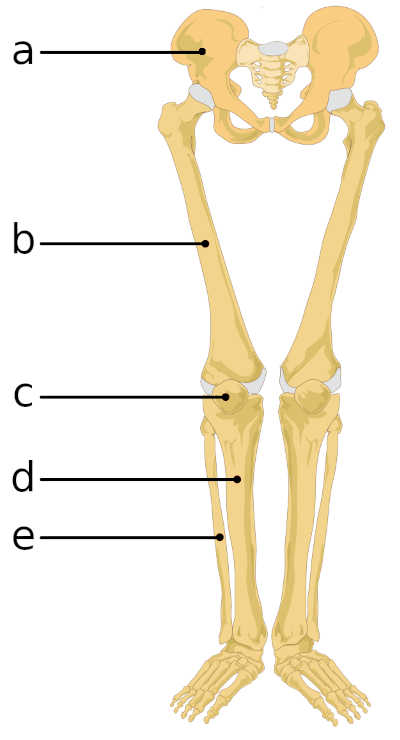
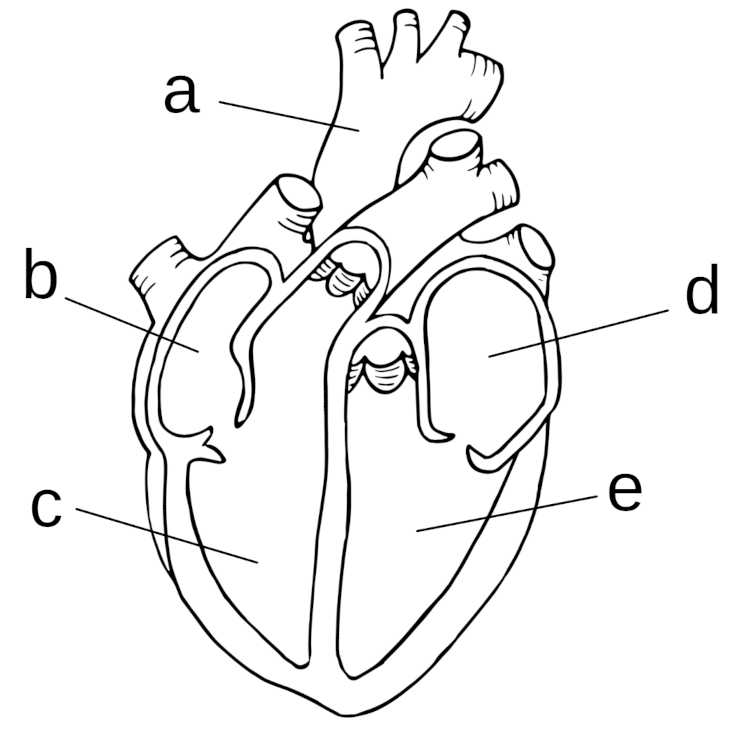
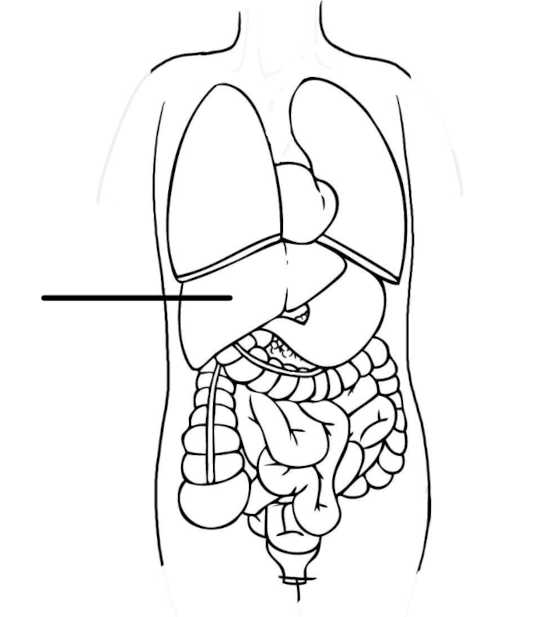
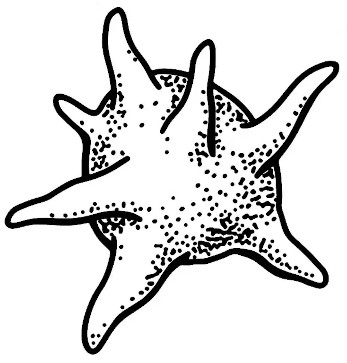
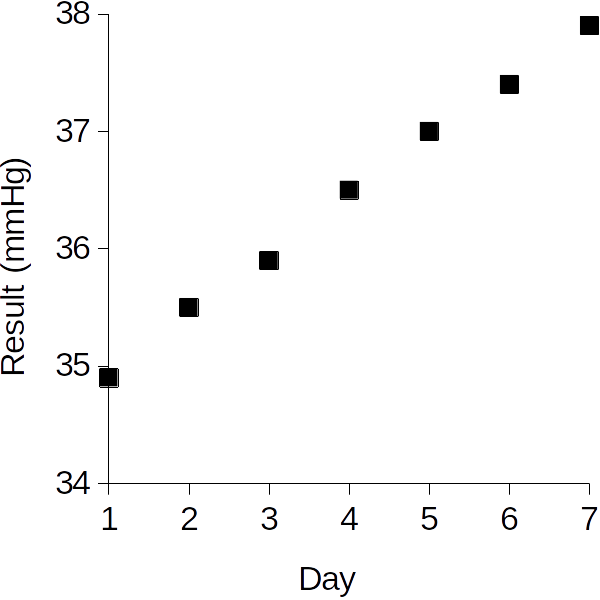
| Mean | 5.8 |
| Median | 6.0 |
| Mode | 5.7 |
| Range | 1.5–20.2 |
| Standard deviation | 0.25 |
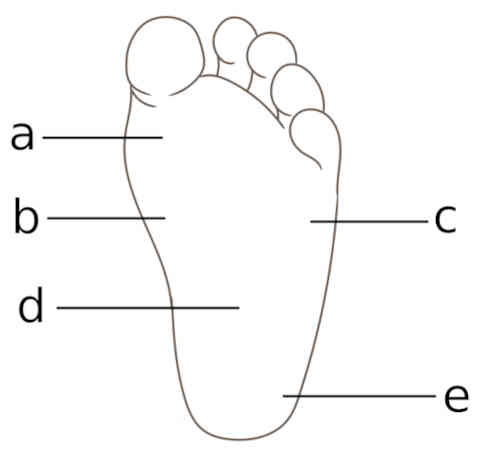
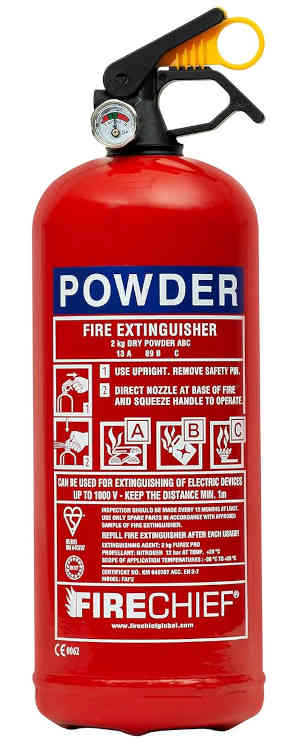
| Test | Result |
|---|---|
| Uncorrected WBC count | 30,000/uL |
| Nucleated RBC/100 WBC | 100 |
| Test | Result |
|---|---|
| RBC | 4.68×10¹²/L |
| Hemoglobin | 133 g/L |
| Hematocrit | 0.451 |
